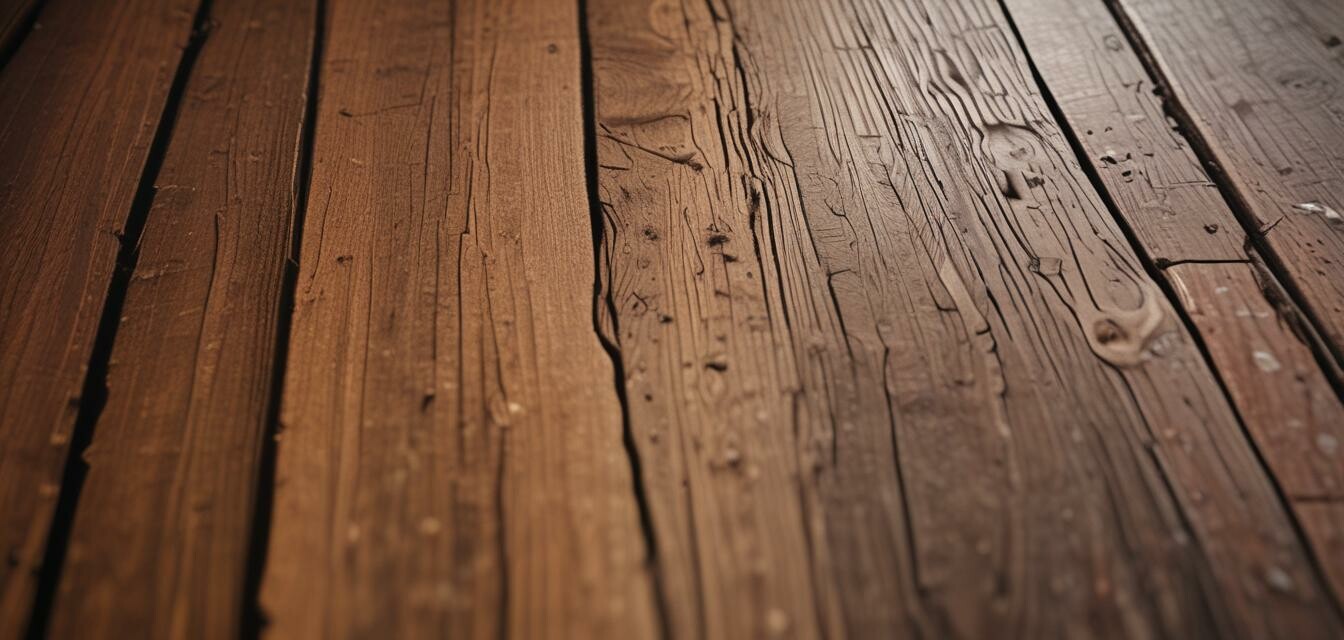
Ultimate guide to choosing the right wood conditioner
Key Takeaways
- Understand the different types of wood conditioners available.
- Learn about the benefits of using wood conditioners.
- Identify important factors to consider when selecting a wood conditioner.
- Explore tips for applying wood conditioners effectively.
Choosing the right wood conditioner is crucial for maintaining the natural beauty and durability of your wood products. This guiding article will provide insights into various types of wood conditioners, their benefits, and essential selection criteria. Whether you’re looking to enhance the appearance of furniture, cabinetry, or other wooden items, you've come to the right place.
What is a wood conditioner?
Wood conditioner is a type of finishing product designed to prepare the surface of wood for staining or sealing. It penetrates the wood fibers, ensuring a uniform application and reducing blotchiness. Proper conditioning is especially important for softer woods, as these tend to absorb stains unevenly.
Types of wood conditioners
| Type | Description | Ideal Use |
|---|---|---|
| Oil-Based Conditioner | These penetrate deeply and provide a rich finish. | Best for hardwoods and dense woods. |
| Water-Based Conditioner | Fast-drying and easy to clean up, ideal for quick projects. | Perfect for softwoods where deep penetration is not required. |
| Gel Conditioner | A thicker consistency that reduces drips. | Suitable for vertical surfaces and indoor applications. |
Benefits of using wood conditioners
- Improved absorption: Wood conditioners help the wood absorb stain more evenly, preventing blotchiness.
- Enhanced appearance: They bring out the natural grain and beauty of the wood.
- Durability: Using a conditioner can increase the longevity of the finish.
How to choose the right wood conditioner
Consider the following factors:
- Type of wood: Different woods react differently to conditioners. Hardwoods may require oil-based conditioners, while softwoods might work best with water-based alternatives.
- Project type: Determine whether it's a small craft or a large furniture piece; this will influence your product choice.
- Finish preference: Decide whether you prefer a glossy or matte finish based on your aesthetic goals.
- Ease of application: Some conditioners are easier to apply than others; consider your experience level.
Tips for applying wood conditioners
Follow these guidelines for the best results:
- Ensure the wood surface is clean and free from dust and oil.
- Apply the conditioner using a clean cloth, brush, or sprayer for an even coat.
- Follow the manufacturer's instructions regarding drying times before applying stain or finish.
- Test on a small area first to ensure desired results.
Common mistakes to avoid
- Skipping the conditioning step altogether.
- Using too much product, leading to streaking or uneven finishes.
- Not allowing the conditioner to dry fully before applying stain.
Conclusion
Choosing the right wood conditioner can enhance the beauty of your wooden products and ensure they last for years to come. Understanding the types of conditioners available and considering various factors will aid in selecting the best option for your needs. For more information on related products, check out our sections on wood finishing products and kitchenware.
Pros
- Enhances the appearance of wood surfaces.
- Prevents uneven stain absorption.
- Can increase the longevity of your wood finishes.
Cons
- Some conditioners can be pricey.
- Not all woods will benefit equally from conditioning.
- Requires additional step in finishing process.